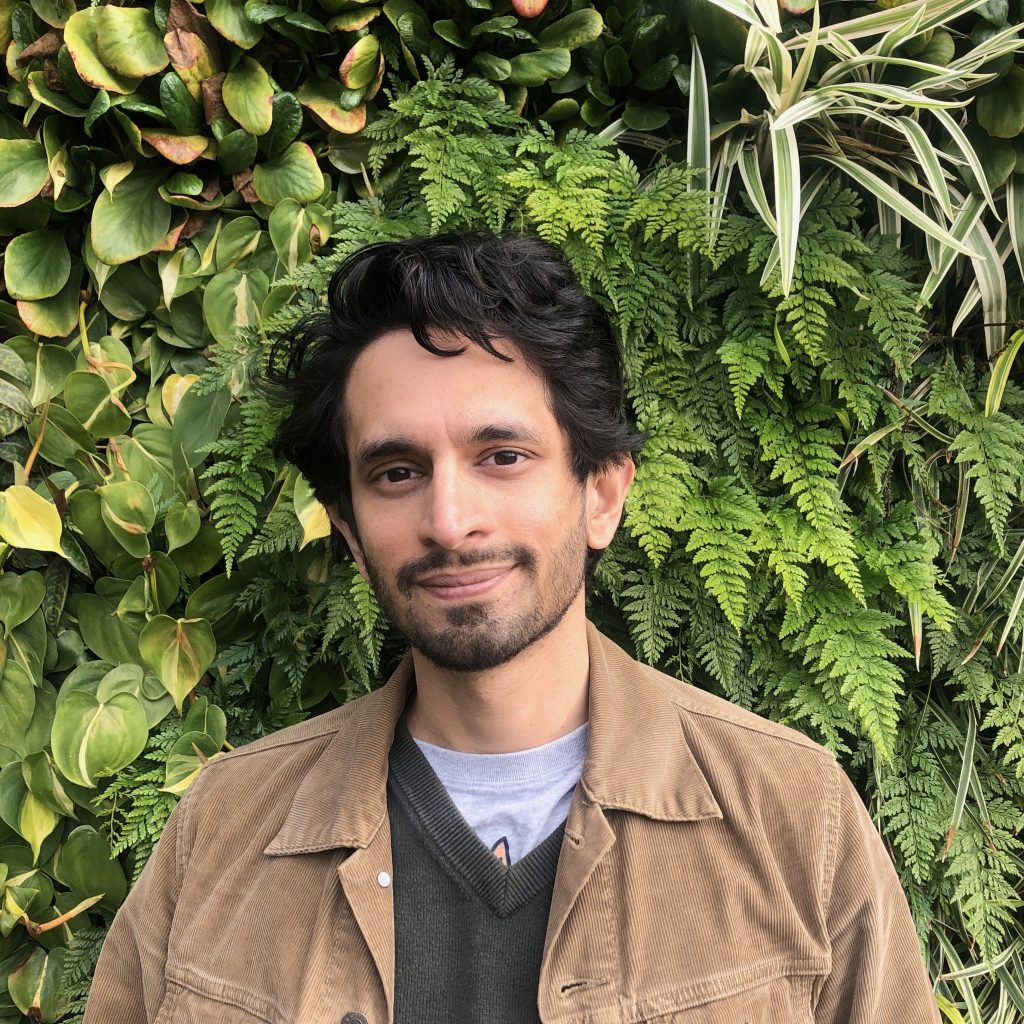Avi Adhikari
moattari

Associate Professor
Bernice Wenzel and Wendell Jeffrey Term Endowed Chair in Behavioral Neuroscience
Ph.D.: Columbia University (2011)
Primary Area: Behavioral Neuroscience
Address: 8530 Pritzker Hall
Phone: (310) 825-2961
Email: avi@psych.ucla.edu
Lab Website: https://adhikarilab.psych.ucla.edu
Research and Teaching Interests:
We investigate the neural circuits that control fear and food-seeking. These multi-faceted actions involve complex and dynamic adaptations in hormonal, physiological and behavioral realms. To dissect these processes in mice we use a combination of powerful techniques including computational analysis, behavioral assays, optogenetics and calcium imaging to monitor and control neural activity and behavior. Learn more about our research
I teach Psych 115, which is a general introduction to neuroscience, along with courses focused on fear, such as Psych 205O.
Biography:
Research
We investigate how the brain controls survival behaviors in mice, such as fear and feeding. My interest in behavioral neuroscience started in my PhD with Prof. Joshua Gordon at Columbia University. We reported how hippocampal-cortical communication controls anxiety in mice (Adhikari et al., Neuron 2010 and Adhikari et al., Neuron, 2011). In my postdoctoral work with Prof. Karl Deisseroth at Stanford University we showed how the extended amygdala (Kim*, Adhikari*, et al., Nature 2013) and prefrontal cortex (Adhikari et al., Nature, 2015) control physiological and behavioral symptoms of anxiety.
Our lab at UCLA investigates how midbrain and hypothalamic circuits orchestrate escape from threats (Wang et al., Neuron, 2021, Wang et al., eLife, 2021) and represent behavioral states (Reis et al., eLife, 2021, Reis et al., Journal of Neuroscience, 2021). We also recently discovered a novel role for the midbrain periaqueductal gray in food-seeking (Reis et al., Nature Communications, 2024), and are now unveiling how this circuit induces feeding even in fully sated mice.
Awards and Funding at UCLA:
- 2025-2030. Bernice Wenzel and Wendell Jeffrey Term Endowed Chair in Neuroscience
- 2024-2028. R01 award, National Institute of Diabetes and Digestive and Kidney Diseases
- 2019-2020. Hellman Fellowship, Hellman Foundation
- 2019-2024. R01 award, National Institute of Mental Health
- 2017-2020. R00 award, National Institute of Mental Health
Curriculum Vitae
Representative Publications:
- Wang W, Schuette PJ, Nagai J, Tobias BC, Cuccovia V Reis FM, Ji S, de Lima MAX, La-Vu MQ, Maesta-Pereira S, Chakerian M, Leonard SJ, Lin L, Severino AL, Cahill CM, Canteras NS, Khakh BS, Kao JC, Adhikari A (2021) Coordination of escape and spatial navigation circuits orchestrates versatile flight from threats. Neuron. S0896-6273(21)00203-8. doi: 10.1016/j.neuron.2021.03.033.
- Reis FMCV, Maesta-Pereira S, Ollivier M, Schuette PJ, Sethi E, Miranda BA, Iniguez E, Chakerian M, Vaughn E, Sehgal M, Nguyen DCT, Yuan FTH, Torossian A, Ikebara JM, Kihara AH, Silva AJ, Kao JC, Khakh BS, Adhikari A. (2024) Control of feeding by a bottom-up midbrain-subthalamic pathway. Nature Communications.15(1):2111
- Adhikari A, Lerner TN, Finkelstein J, Pak S, Jennings JH, Davidson TJ, Ferenczi E, Gunaydin LA, Mirzabekov JJ, Ye L, Kim SY, Lei A, Deisseroth K (2015) Basomedial amygdala mediates top-down control of anxiety and fear. Nature 527(7577):179-85
- Torossian A, Miranda BA, Reis FMCV, Hilgert EL, Gudipati R, Bloom CPV, Wang W, Schuette PJ, Adhikari A (2025) Hypothalamic Control of Learned Flight Induced by Threat Imminence. Journal of Neuroscience. 45(19):e1806242025.
- Reis FMCV, Liu J, Schuette PJ, Lee JY, Maesta-Pereira S, Chakerian M, Wang W, Canteras NS, Kao JC, Adhikari A. (2021) Shared dorsal periaqueductal gray activation patterns during exposure to innate and conditioned threats. Journal of Neuroscience. 41(25):5399-5420.
- Adhikari A, Topiwala MA and Gordon JA. (2010) Synchronized activity between the ventral hippocampus and the medial prefrontal cortex during anxiety. Neuron. 2010; 65(2):257-269
Adhikari lab website
